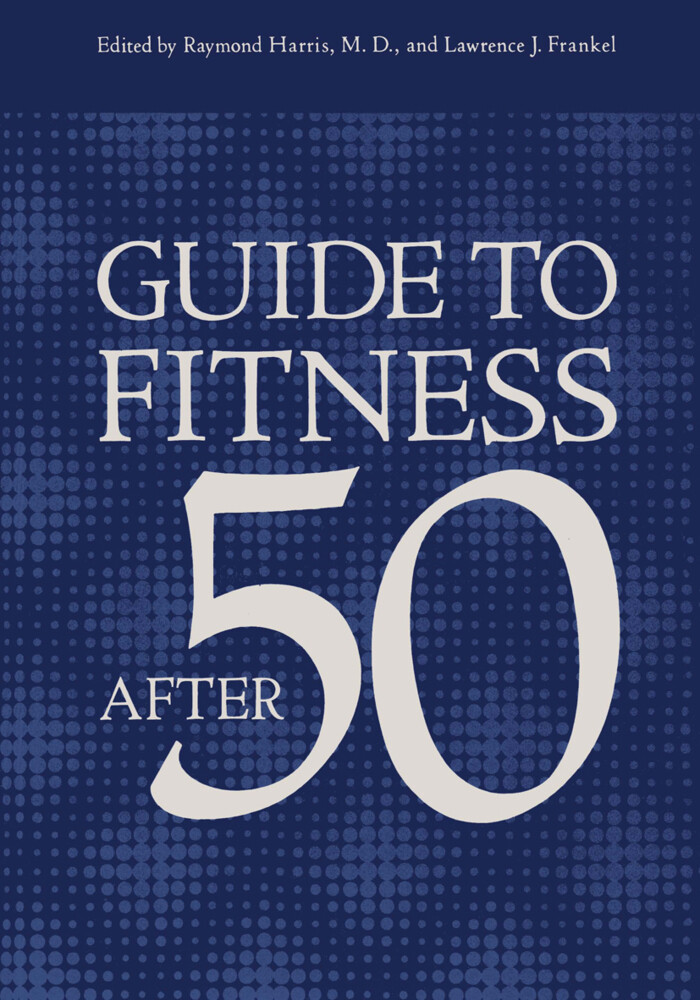
Zustellung: Mo, 20.01. - Mi, 22.01.
Versand in 2 Tagen
VersandkostenfreiBestellen & in Filiale abholen:
Guide to Fitness After Fifty presents basic and applied research data, authoritative advice and tested techniques for professional workers who want to learn more about physical exercise, fitness and health for aging people and for all who seek to become more physically and mentally fit. The editors and contributors believe that physical activity and exercise following the pri~ciples and practices ~utlined in this inter disciplinary volume can improve the health and quality of life by increasing en durance and cardiovascular fitness, strengthening the musculoskeletal system, im proving mobility, posture and appearance, and relaxing emotional tensions. Evidence at hand and discussed in this book demonstrates that properly prescribed physical activity or exercise can raise the level of physical fitness and health, both physical and mental, at any age, delay the ravages of aging, and prevent or reduce disability from musculoskeletal and circulatory disorders. Section I, Perspectives on Exercise and Aging, surveys the fundamental problems and relationships of exercise to aging and health and provides historical insights and philosophic perspectives on the significance and importance of physical fitness and exercise through the centuries and in contemporary society. Section II, Evaluation and Physiology of Exercise, presents objective scientific and medical evidence that reasonable improvement in fitness and other bodily func tions may be achieved by people of all ages who follow well designed exercise and relaxation routines for at least 30 minutes three or more times weekly.
Inhaltsverzeichnis
Section I Perspectives on Exercise and Aging. - 1. Fitness and the Aging Process. - 2. History of Exercises for the Elderly. - 3. Preservation of Physical Fitness. - 4. Public Health and Fitness The Outdoor Life and Other Antidotes to Enemies of Fitness. - Section II Evaluation and Physiology of Exercise. - 5. Physiology of Physical Conditioning for the Elderly. - 6. Effect of Age on Work and Fatigue Cardiovascular Aspects. - 7. A Follow-Up Study of the Effect of Physical Activity on the Decline of Working Capacity and Maximal O2 Consumption in the Senescent Male. - 8. The Effect of Aging and Physical Activity on the Stabile Component of Arterial Distensibility. - 9. Feasibility of Long-Distance (20 90 km) Skihikes as a Mass Sport for Middle-Aged and Old People. - 10. Physical Exercise and Cardiovascular Fitness. - 11. Multi-Stage Cardiovascular Testing. - 12. The Soft Signs of Neurological Problems of Mobility. - Section III Motivation and Planning. - 13. Motivation for Fitness. - 14. Gerontological Aspects of Physical Activity Motivation of Older People in Physical Training. - 15. Across the Nation Habilitation. - 16. Changing the Habits and Thought Patterns of the Aged to Promote Better Health Through Activity Programs in Institutions. - 17. Developing Staff Capability for Physical Fitness Programs. - 18. Community Program for Tension Control. - 19. Organization of Exercise Programs. - 20. Popularizing Physical Fitness After Fifty Via Television. - Section IV Practical Exercise and Relaxation Programs. - 21. Principles of Exercise for Musculoskeletal Reconditioning and Fitness. - 22. Conditioning Exercise Programs for Normal Older Persons. - 23. At-Home Television Exercises for the Elderly. - 24. Gerokinesiatrics A Pharmacopoeia of Exercises for the Elderly. - 25. Exercises for the Elderly. - 26. Rehabilitation Exercises for Home-Bound Patients. - 27. Tension Control Techniques to Combat Stress. - Definition of Terms.
Produktdetails
Erscheinungsdatum
23. Oktober 2011
Sprache
englisch
Auflage
Softcover reprint of the original 1st ed. 1977
Seitenanzahl
380
Herausgegeben von
L. J. Frankel, R. Harris
Verlag/Hersteller
Produktart
kartoniert
Abbildungen
374 p.
Gewicht
655 g
Größe (L/B/H)
244/170/21 mm
Sonstiges
Paperback
ISBN
9781461341413
Entdecken Sie mehr
Bewertungen
0 Bewertungen
Es wurden noch keine Bewertungen abgegeben. Schreiben Sie die erste Bewertung zu "Guide to Fitness After Fifty" und helfen Sie damit anderen bei der Kaufentscheidung.










